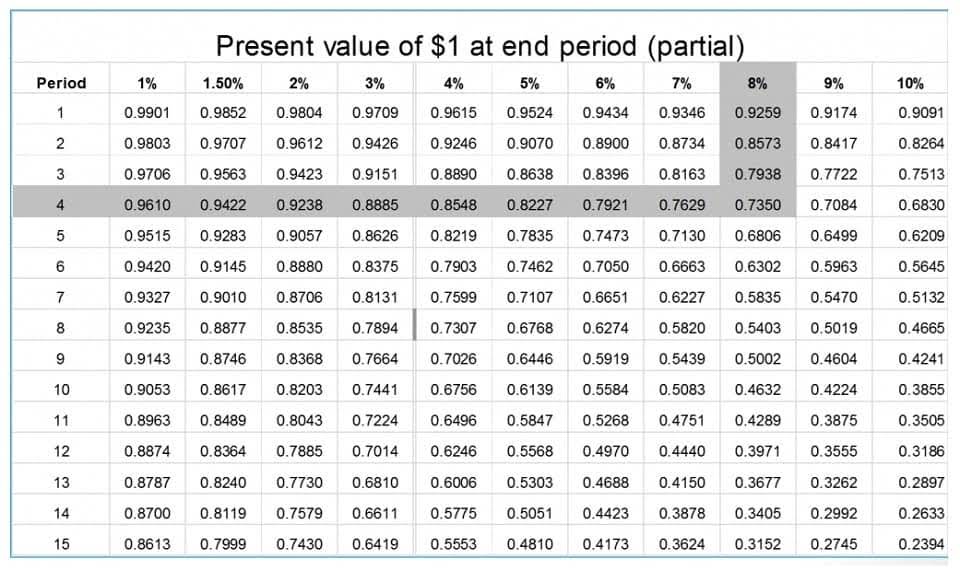
This financial metric offers insight into a company’s operational efficiency, sales trends, and potential liquidity issues. Inventory turnover is a financial ratio showing how many times a company turned over its inventory relative to its cost of goods sold (COGS) in a given period. A company can then divide the days in the period, typically a fiscal year, by the inventory turnover ratio to calculate how many days it takes, on average, to sell its inventory.
Inventory turnover is a simple equation that takes the COGS and divides it by the average inventory value. This ratio tells you a lot about the company’s efficiency and how it manages its inventory. Companies should look for a higher inventory turnover ratio that balances having enough inventory in stock while replenishing it often. A company’s inventory turnover ratio reveals the number of times a company turned over its inventory relative to its COGS in a given time period. This ratio is useful to a business in guiding its decisions regarding pricing, manufacturing, marketing, and purchasing. Because the inventory turnover ratio uses cost of sales or COGS in its numerator, the result depends crucially on the company’s cost accounting policies and is sensitive to changes in costs.
Inventory Turnover and Dead Stock
A low inventory turnover ratio might be a sign of weak sales or excessive inventory, also known as overstocking. It could indicate a problem with a retail chain’s merchandising strategy or inadequate marketing. With the inventory turnover ratio calculator, a good understanding of the ratio, and your brainpower, you’ll have everything you need to effectively and efficiently analyze how a company is managing its inventory. Inventory turnover is the number of times the firm’s inventory is sold or used over a specific period. This turnover can be calculated using the days of inventory formula, which calculates the days for which inventory is held in the company. Inventory turnover can be easily and quickly calculated using Microsoft Excel.
- Average inventory is the average cost of a set of goods during two or more specified time periods.
- In the table shown, we see that we calculate the inventory cost for each item we carry by multiplying the [Units in Stock] by the [Unit Cost].
- The inventory turns formula for finished goods is the same as the one we’ve used so far, namely, cost of goods sold divided by inventory cost.
- A good place to start is a company’s Standard Industrial Classification (“SIC”) Code.
- Simply put, the higher the inventory ratio, the more efficiently the company maintains its inventory.
- To calculate a company’s inventory turnover, divide its sales by its inventory.
Your industry association may have information about industry average turnover ratios. Industry benchmarks may also be available (for a fee) from research sources like ReadyRatios or CSIMarket. For fiscal year 2022, Walmart Inc. (WMT) reported cost of sales of $429 billion and year-end inventory of $56.5 billion, up from $44.9 billion a year earlier.
What is Inventory Turnover Ratio?
To calculate a company’s inventory turnover, divide its sales by its inventory. Similarly, the ratio can be calculated by dividing the company’s cost of goods sold (COGS) by its average inventory. Retailers tend to have the highest inventory turnover, but the rate can indicate a well-run company or the industry as a whole. which of the following factors are used in calculating a companys inventory turnover? It is imperative to the system of operations that businesses take note of what stock is selling and how quickly it is selling. This helps businesses assess the efficiency of their inventory management, demand forecasting, and marketing strategies, allowing them to make any necessary adjustments to improve their sales.

In general, a higher ITR means the business is turning over inventory more quickly (and likely paying less to store inventory as well). For broader industry categories, using an advanced stock screener or other research tools should give you what you need. Looking at the descriptions of the highlighted general ledger codes, we can see that many of them are adjustments to the value of inventory for a variety of reasons.

